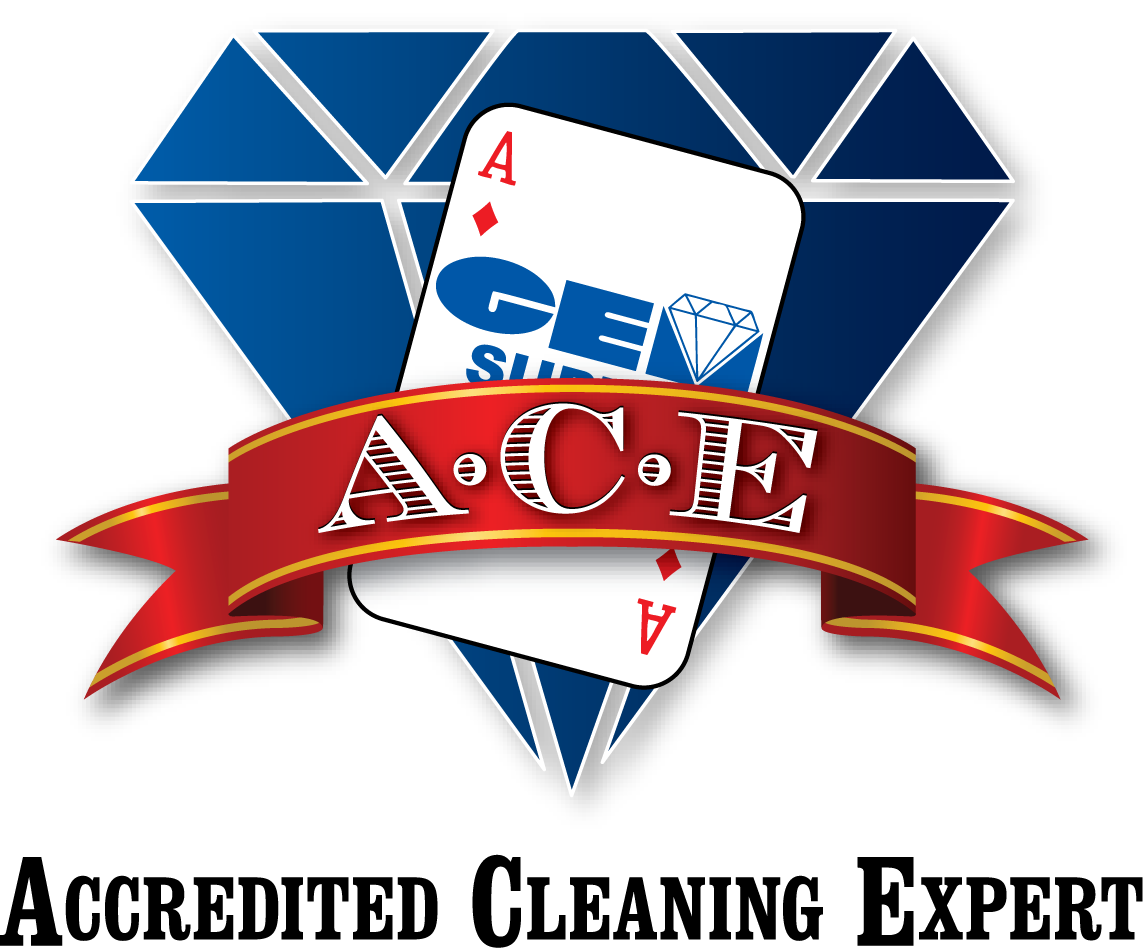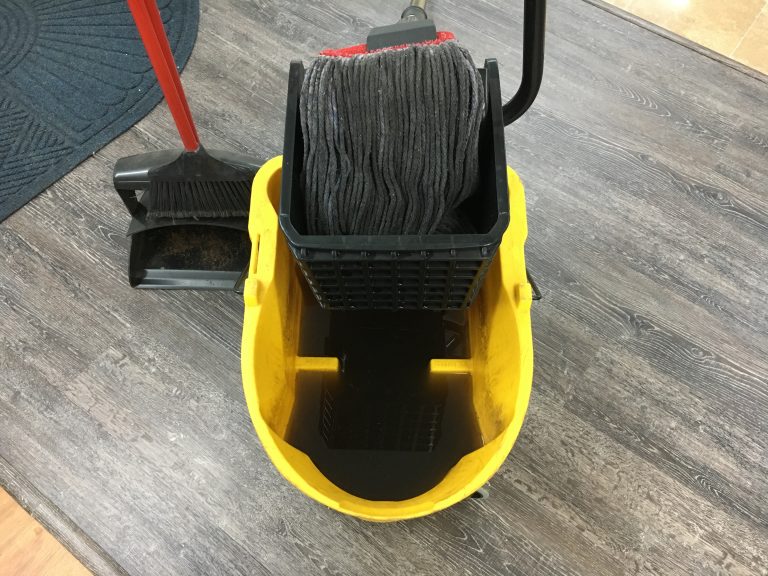Who Invented the Vacuum Cleaner?
 There were many people who had a hand in “inventing” the vacuum cleaner. Every invention and patent has made minor improvements and has evolved into what we use today. Many people are under the assumption that H. Cecil Booth, a British engineer, was the first person to patent the vacuum cleaner in 1901.[1] The first person to patent a version of the vacuum cleaner is Daniel Hess, from West Union, Iowa, in 1860. His patent was actually called a carpet sweeper and not a vacuum.[2] This carpet sweeper had round brushes that spun around to pick up the dirt. His invention also had a detailed bellows system on top of the body to produce suction.
There were many people who had a hand in “inventing” the vacuum cleaner. Every invention and patent has made minor improvements and has evolved into what we use today. Many people are under the assumption that H. Cecil Booth, a British engineer, was the first person to patent the vacuum cleaner in 1901.[1] The first person to patent a version of the vacuum cleaner is Daniel Hess, from West Union, Iowa, in 1860. His patent was actually called a carpet sweeper and not a vacuum.[2] This carpet sweeper had round brushes that spun around to pick up the dirt. His invention also had a detailed bellows system on top of the body to produce suction.
The first hand-powered cleaner was called the “Whirlwind” used the vacuum design and was invented in Chicago, Illinois in 1865 by Ives W. McGaffey.[3] This invention was also not motorized and used a hand crank to operate a fan to generate suction. This design was not very heavy, but was hard to operate due to the fact that you had to turn the crank while you were pushing it over the rug or floor. In 1869 he patents the “Whirlwind” and starts the American Carpet Cleaning Co.
Another person who has helped the evolution of the vacuum cleaner is H. Cecil Booth.[4] He observed a device that used a blast of air to remove the dust from the chairs on the train. Wondering if he could replicate the opposite effect, he spent some time trying different things. He wrote “I tried the experiment of sucking with my mouth against the back of a plush seat in a restaurant.”[5] He understood that he would have to come up with a way to filter the air and trap the dust. He patented his suction cleaner in 1901, but because it was so large it was carted around Britain by horses. This vacuum cleaner was made of an internal-combustion engine that used gas and did not include any brushes.[6] His invention was well received by British Royalty and this opened up the door for other inventors to try and improve the vacuum cleaner.
James Murray Spangler, an Ohio janitor, was allergic to dust and could not afford to leave his job. He decided to take matters into his own hands and tried to improve the way he swept the carpet. He used a soap box, an electric motor, a broom handle, and a pillow case as a rough design.[7] He sold one of his devices to Susan Hoover, the wife of a leather goods manufacturer, and she was really impressed with the cleaner. William, her husband decided to invest in the manufacturing of these cleaners and bought the rights from James and made him a partner in Hoover’s Electric Suction Sweeper Company.[8]
The Hoover Company opened the door for other companies like Kirby, Oreck, and Dyson. The current day vacuum cleaner design is a basic one and how it works is straightforward.When you plug in the vacuum and turn it on, it turns on the motor that is attached to a fan. As the angled fan blades rotate, air is pushed forward in the direction of the exhaust port. The air particles are forced ahead and the pressure behind the fan drops, creating suction inside the vacuum cleaner. Friction carries the debris into the vacuum bag or canister trapping the dirt. Most vacuum cleaners that are made today have brushes to loosen up the debris and makes them more effective.[9]
[1] Peter Scott, “Managing Door-to-Door Sales of Vacuum Cleaners in Interwar Britain.” Business History Review (Winter 2008). http://www.jstor.org/stable/36645109 (accessed February 2, 2011).
[2] Robert Kautzman, Patent for the Carpet sweeper. http://www.vachunter.com/galleries.htm (accessed February 4, 2011).
[3] Parker, Vacuum Cleaner, 5.
[4] Phillip M. Parker, Vacuum Cleaner: Webster’s Timeline History: 1849-2007 (New York: Icon Group, 2008), 5.
[5] Charles Panati, Extraordinary Origins of Everyday Things. (New York: Harper Collins Publishing, 1989) 138.
[6] Ibid., 139.
[7] Parker, Vacuum Cleaner, 6.
[8] Panati, Extraordinary Origins of Everyday Things, 140.
[9] HowStuffWorks, Inc. . Vacuum Cleaner diagram.
All information gathered from http://historyoftech.umwblogs.org
![]()




